Introduction:
Janmashtami, the celebration of Lord Krishna’s birth, is a festival filled with joy, devotion, and an array of mouth-watering delicacies. This sacred occasion brings families together to honour Krishna with prayers, songs, and, most importantly, food. The traditional recipes prepared during Janmashtami are not just dishes; they are a blend of culture, heritage, and divine devotion. In this blog, we’ll explore 10 must-try Janmashtami recipes that are sure to add a festive touch to your celebrations and create lasting memories for your loved ones.
1. Rasgulla: The Soft and Spongy Delight – Janmashtami Recipes
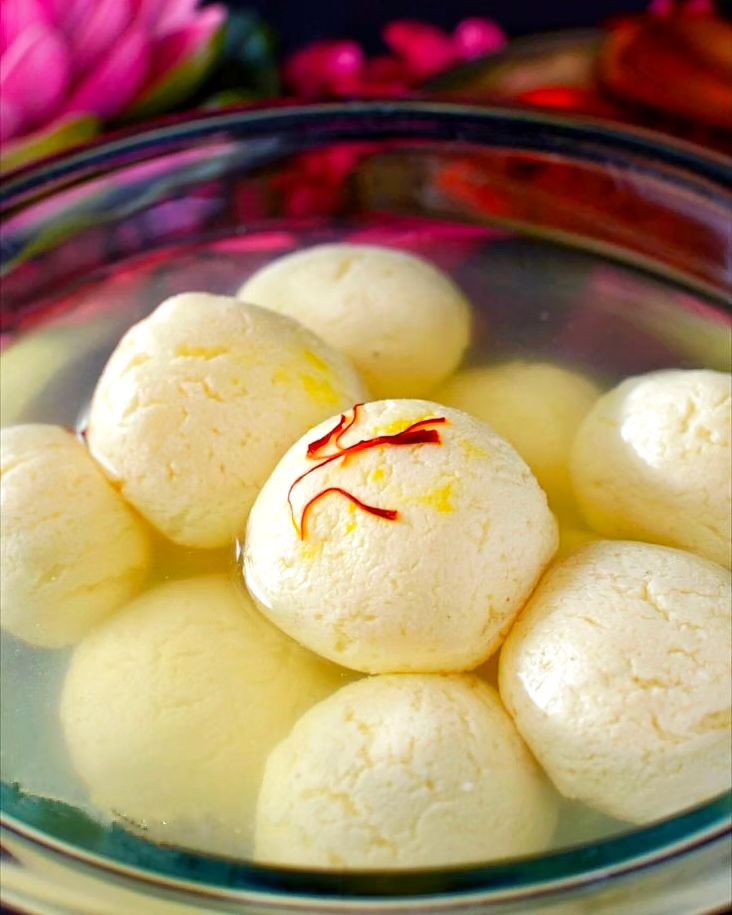
Rasgullas are a staple in many Indian households during festivals, and Janmashtami is no exception. These soft, spongy balls soaked in sugar syrup are a treat for the senses. Did you know? Rasgullas originated in Odisha and West Bengal and have now become a favourite across the country. This dessert not only satisfies your sweet tooth but also symbolizes the sweetness of devotion to Lord Krishna.
FAQs:
- What makes Rasgullas so soft? The key is kneading the chhena (cheese curd) until smooth and boiling it in sugar syrup over low heat.
- Can I make Rasgullas ahead of time? Yes, you can prepare them a day in advance and store them in the refrigerator.
2. Peda: Krishna’s Favorite Sweet – Janmashtami Recipes

Pedas are synonymous with Janmashtami as they are believed to be one of Lord Krishna’s favourite sweets. Made from condensed milk and flavoured with cardamom, these creamy delights are often offered as prasad (offering) to Krishna. They are easy to make and can be shaped into attractive designs to appeal to both kids and adults.
FAQs:
- Can I use milk powder instead of condensed milk? Yes, milk powder is a good alternative if you want a quicker preparation method.
- How do I store Pedas? Store them in an airtight container in a cool place; they can last for up to a week.
3. Chivda: The Perfect Crunchy Snack – Janmashtami Recipes

Chivda is a light, crunchy snack that is a must during Janmashtami. Made from flattened rice (poha), nuts, and spices, it is both healthy and delicious. This savory mix is easy to make in large batches and can be enjoyed by all age groups. Interesting fact: Chivda is often prepared as a fasting snack during religious festivals because it is light and energizing.
FAQs:
- Can Chivda be made healthier? Yes, use less oil and add more nuts and seeds for a healthier version.
- How do I keep Chivda crispy? Store it in an airtight container to retain its crispiness.
4. Sabudana Khichdi: The Fasting Favorite – Janmashtami Recipes
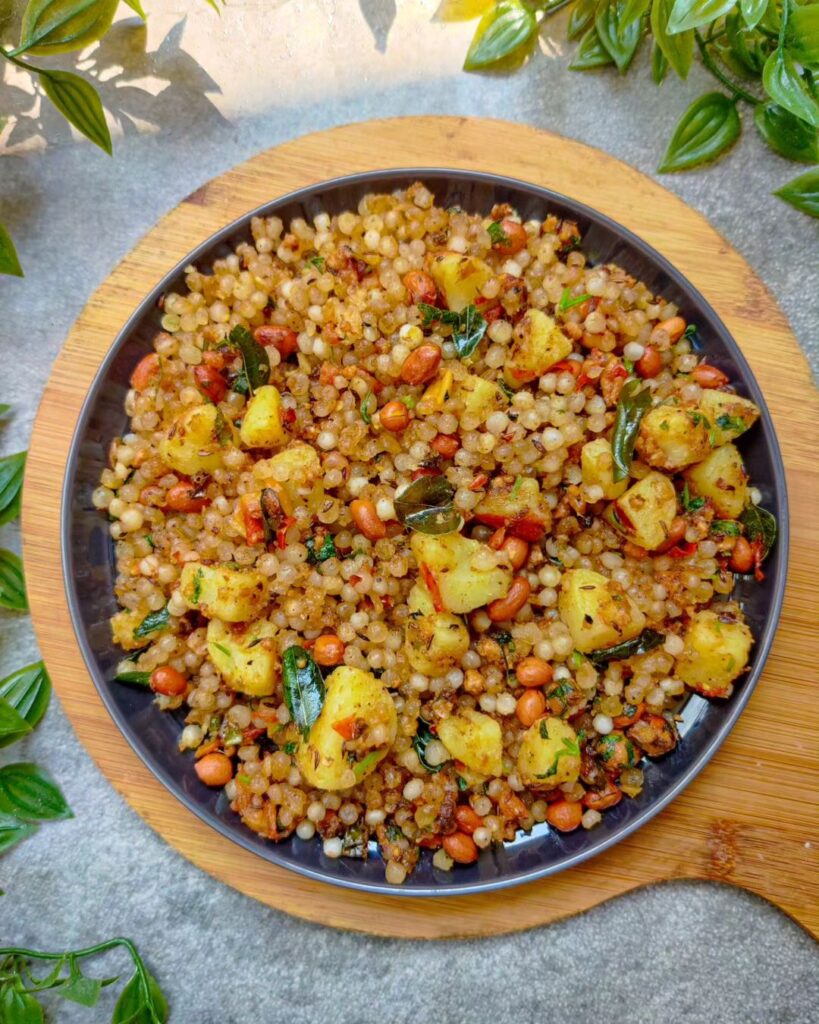
Sabudana Khichdi is a popular dish during fasting periods, including Janmashtami. Made with tapioca pearls, peanuts, and mild spices, this dish is both filling and delicious. The chewy texture of sabudana combined with the crunchiness of peanuts makes it a satisfying meal.
FAQs:
- Why does my Sabudana Khichdi turn sticky? Rinse the sabudana thoroughly before soaking to remove excess starch.
- Can I prepare Sabudana Khichdi without peanuts? Yes, you can substitute peanuts with cashews or omit them altogether.
5. Makhana Kheer: A Nutritious Dessert – Janmashtami Recipes
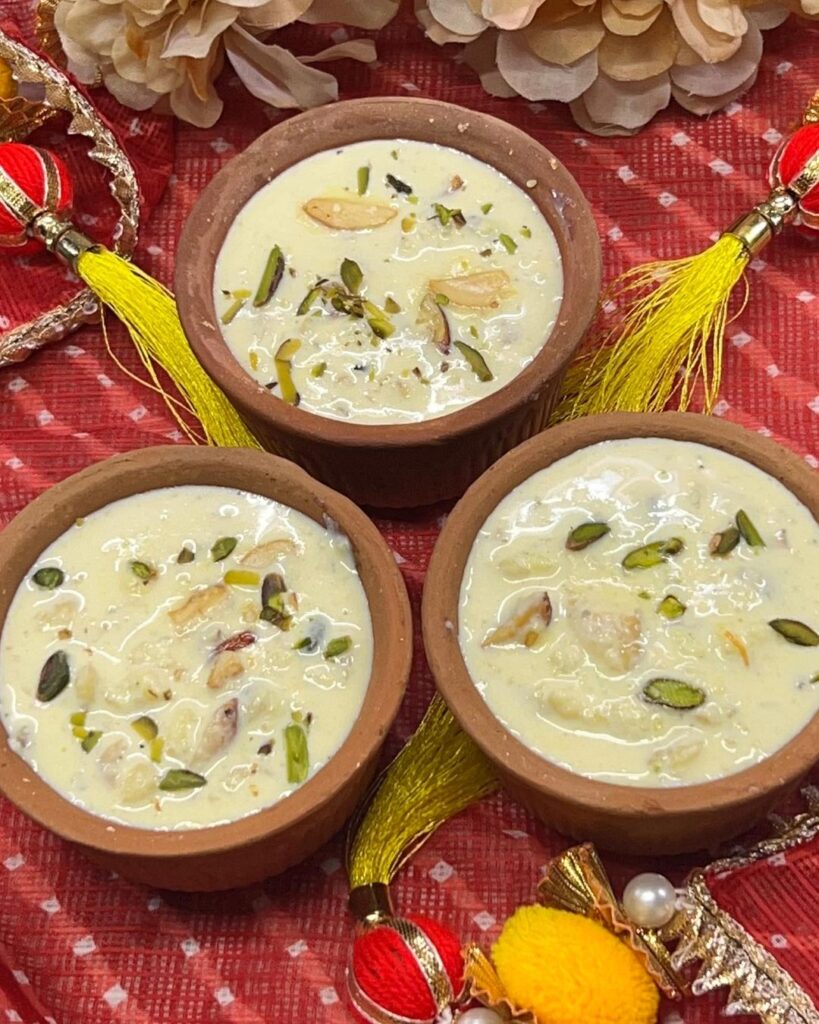
Makhana (fox nuts) is another ingredient commonly used during Janmashtami fasting. Makhana Kheer is a creamy, rich dessert made by cooking fox nuts in milk and garnishing with nuts and saffron. It’s a delightful way to end your Janmashtami meal on a sweet note.
FAQs:
- Is Makhana Kheer healthy? Yes, makhana is low in calories and high in protein, making this kheer a nutritious dessert.
- Can I use almond milk instead of regular milk? Yes, almond milk is a great dairy-free alternative.
6. Panjiri: A Traditional Offering – Janmashtami Recipes

Panjiri is a classic North Indian sweet made with whole wheat flour, ghee, sugar, and nuts. It is often prepared as prasad during Janmashtami. This nutritious dish is believed to provide strength and energy, which is why it is offered to Lord Krishna.
FAQs:
- Can Panjiri be made in advance? Yes, it can be stored in an airtight container for up to two weeks.
- Is Panjiri suitable for kids? Absolutely! It’s a nutritious snack packed with healthy ingredients.
7. Malpua: The Indian Pancake – Janmashtami Recipes

Malpua is a traditional Indian pancake that is especially popular during festivals like Janmashtami. Made from flour, sugar, and cardamom, these pancakes are deep-fried and then soaked in sugar syrup. Fun fact: Malpuas are often served with rabri (thickened milk) for an extra indulgent treat.
FAQs:
- How do I make my Malpua fluffy? Adding yoghurt to the batter helps make the Malpuas fluffy and light.
- Can I bake Malpua instead of frying? Yes, baking is a healthier alternative, though the texture may vary slightly.
8. Kuttu Ke Pakore: A Fasting Delight – Janmashtami Recipes
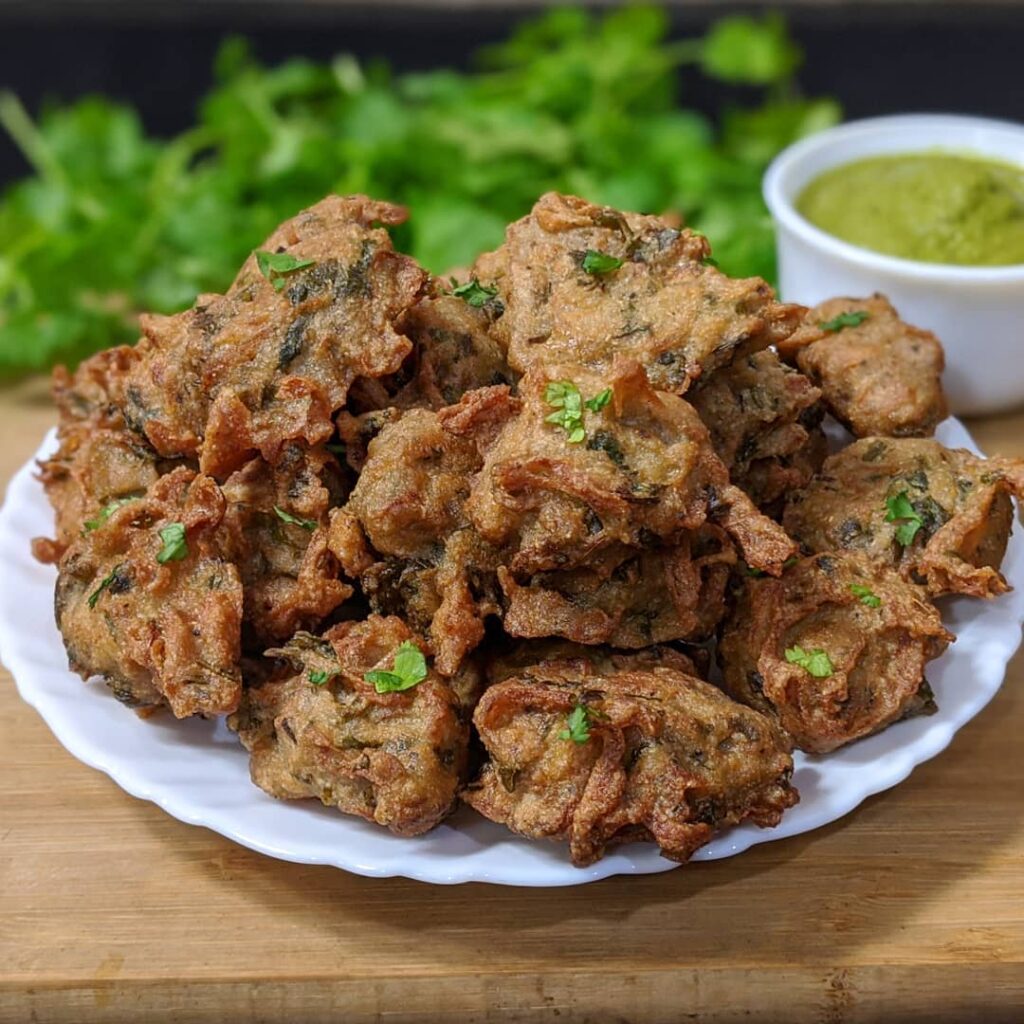
Kuttu (buckwheat) flour is a common ingredient in fasting recipes. Kuttu Ke Pakore are fritters made with buckwheat flour, potatoes, and spices. They are crispy on the outside and soft on the inside, making them an irresistible snack during Janmashtami.
FAQs:
- Why do my pakoras absorb too much oil? Ensure the oil is hot enough before frying to prevent the pakoras from becoming too oily.
- Can I add other vegetables? Yes, you can add veggies like spinach or sweet potato for variation.
9. Coconut Ladoo: Simple Yet Divine – Janmashtami Recipes
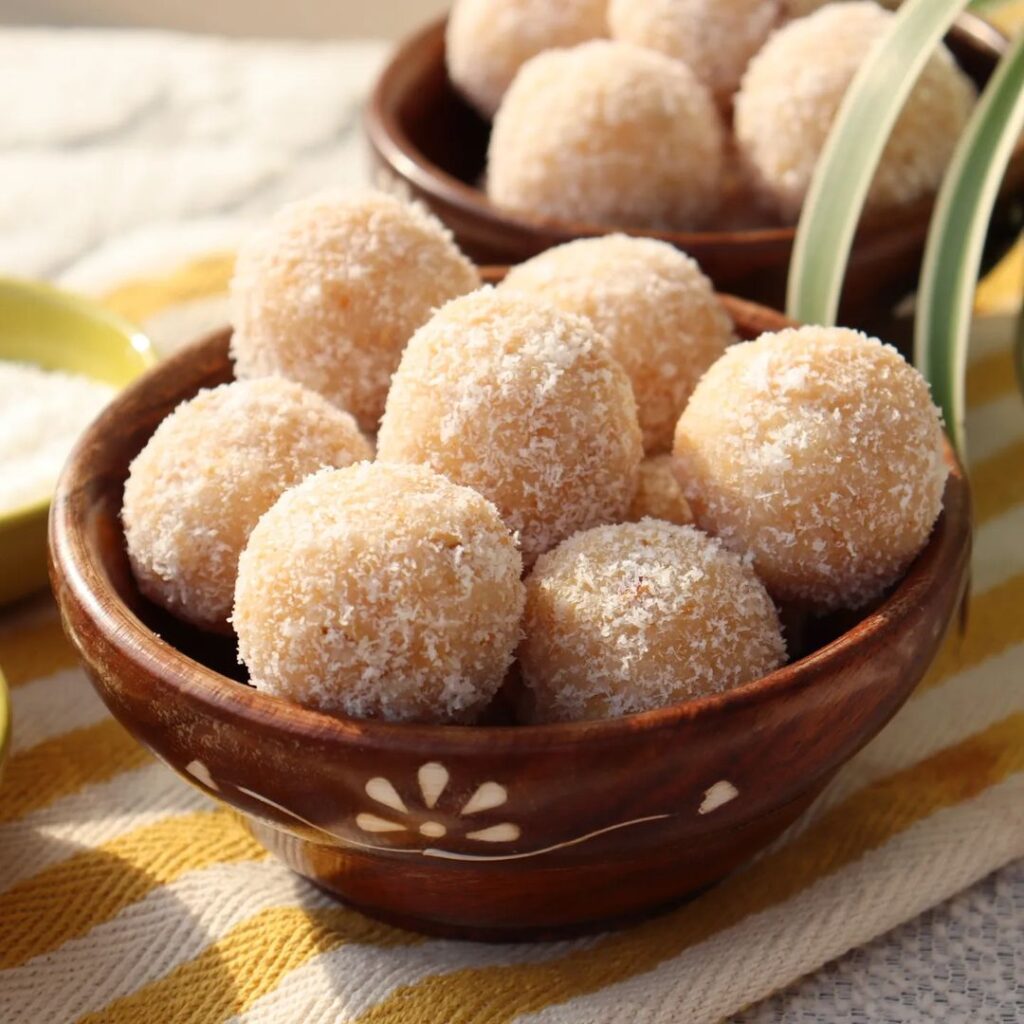
Coconut Ladoos are quick and easy to prepare, making them perfect for a busy Janmashtami celebration. Made with grated coconut and condensed milk, these bite-sized treats are a hit with everyone. Pro tip: Adding a pinch of cardamom enhances the flavour.
FAQs:
- Can I use desiccated coconut? Yes, desiccated coconut works well if fresh coconut is not available.
- How long can Coconut Ladoo be stored? They can be stored in the refrigerator for up to a week.
10. Panchamrit: The Holy Offering – Janmashtami Recipes
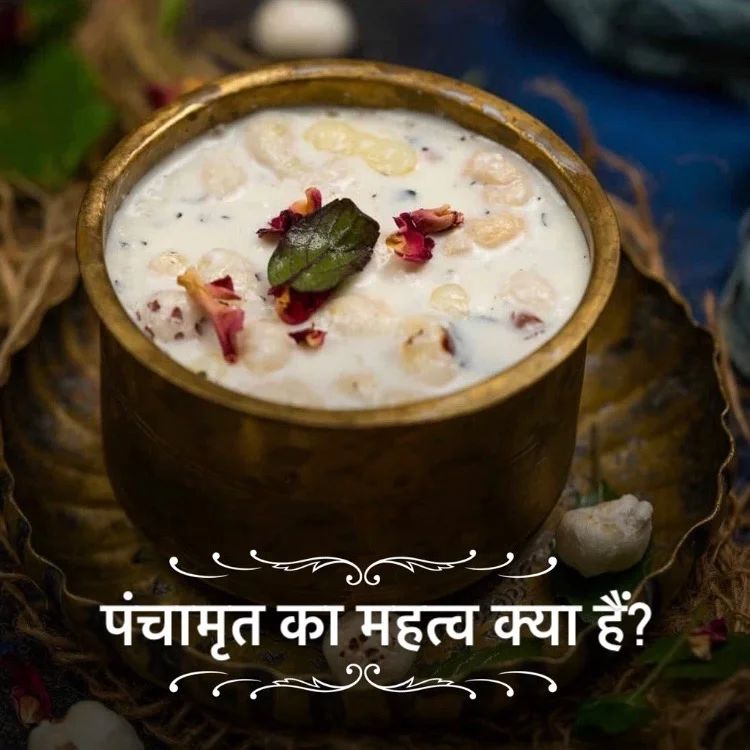
Panchamrit is a sacred offering made from five ingredients—milk, yoghurt, honey, sugar, and ghee. It is often used in Hindu rituals and is distributed as prasad during Janmashtami. This simple mixture is packed with spiritual significance and is believed to purify the body and mind.
FAQs:
- Can I add fruits to Panchamrit? While traditional Panchamrit doesn’t include fruits, you can add chopped bananas or dry fruits for extra flavour.
- Is Panchamrit only for religious purposes? While it is primarily used in rituals, Panchamrit can also be enjoyed as a healthy drink.
Conclusion:
Janmashtami is not just about devotion; it’s also about relishing the flavours of traditional recipes that have been passed down through generations. From the soft Rasgulla to the crunchy Chivda, each dish tells a story of culture, love, and divine connection. As you prepare these delicacies, remember that you’re not just cooking; you’re preserving a heritage that brings joy to every celebration. Try these recipes at home and let the taste of Janmashtami fill your heart and home with sweetness and warmth.
Other Janmasthami Articles:
Best Krishna Janmashtami 2024 Wishes: Celebrate the Divine with Heartfelt Messages
5 Unique Krishna Janmashtami 2024 Greetings You Haven’t Seen Before
5 Short and Sweet Krishna Janmashtami SMS for 2024
8 Devotional Krishna Janmashtami Messages for a Blessed 2024
Top 5 Krishna Janmashtami 2024 WhatsApp Status Ideas
7 Happy Krishna Janmashtami Captions for Your 2024 Social Posts







Leave a Reply